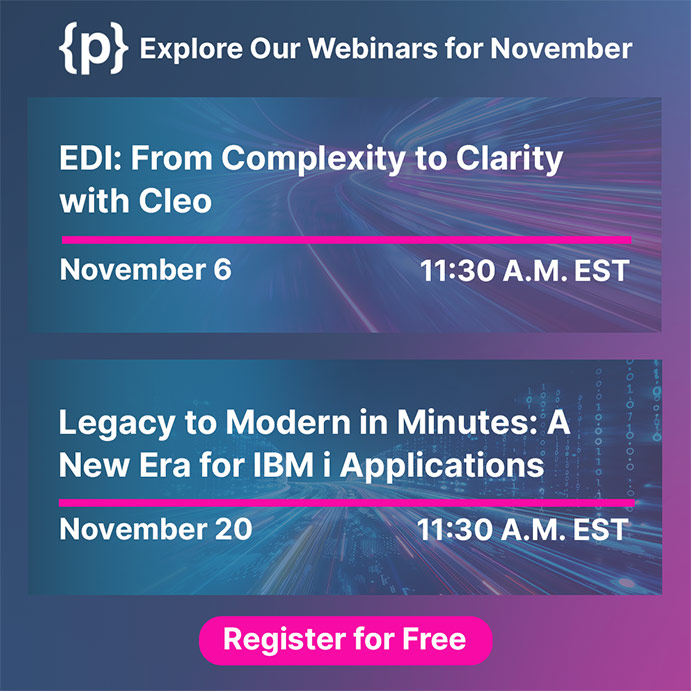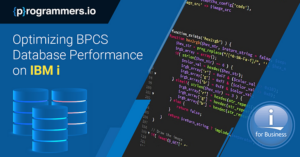Are you tired of grappling with complex data integration processes?
Then..,
Cleo Integration Cloud offers a breath of fresh air, simplifying integration tasks and empowering businesses.
Introduction
In today’s rapidly changing business climate, seamless data exchange between systems, partners, and customers is essential. It is becoming increasingly important to have efficient integration solutions as organizations grow and diversify their technology stacks. The Cleo Integration Cloud bridges the gap between businesses and data by seamlessly connecting, transforming, and moving data across their ecosystem. Let us explore how your organization can improve its digital strategy through data integration using Cleo Integration Cloud.
Understanding Cleo Integration Cloud
With CIC, we can:
- Utilize a variety of protocols and standards to onboard partners faster.
- Make EDI and API transactions easy and dependable by automating them.
- Ensure end-to-end transparency of your business processes.
- Improve operational efficiency by optimizing your integration workflows.
- Enhance your customer experience and satisfaction.
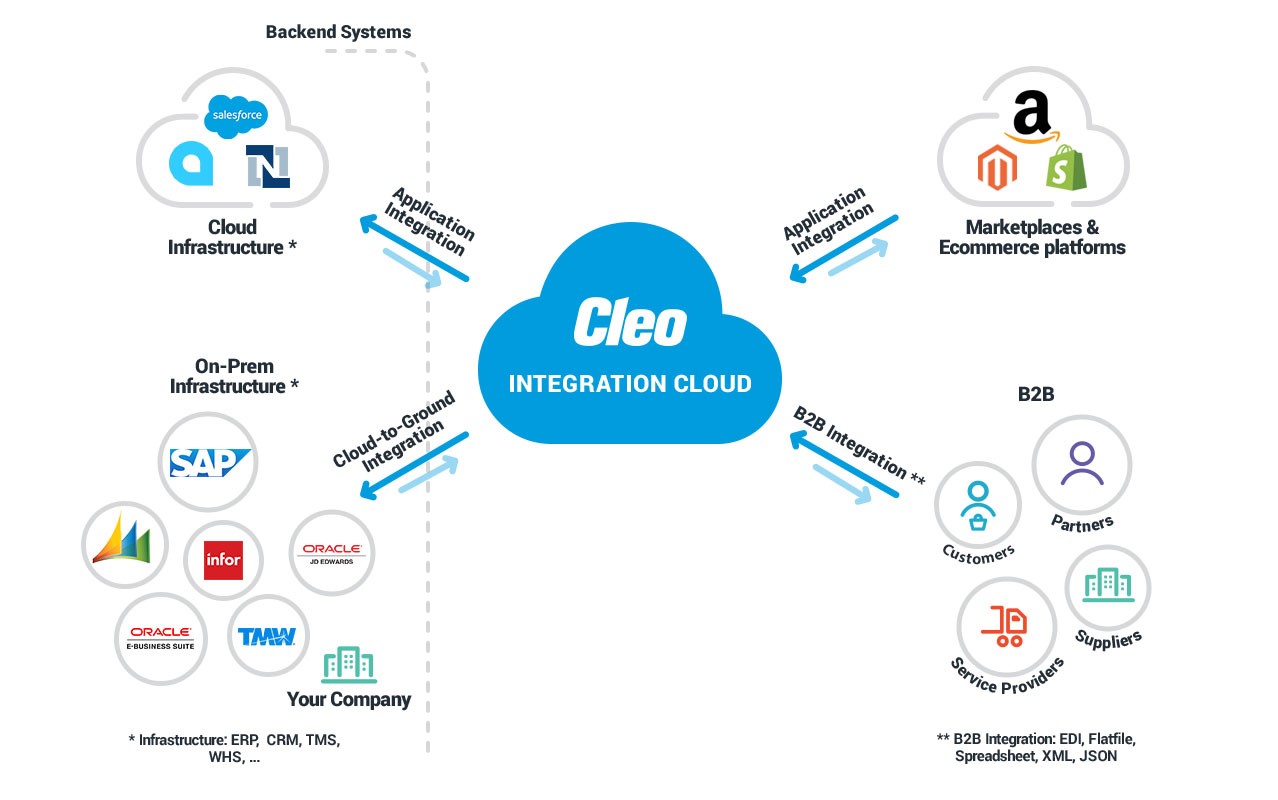
CIC provides a rich set of options for integrating business with the ever-expanding, ever-changing ecosystem, including:
B2B integration:
Integrate with your customers, partners, suppliers, and service providers using APIs or standard protocols. Additionally, CIC offers a low-tech option for smaller trading partners to upload and download documents via the web-based Cleo Portal for B2B integration.
Marketplace & eCommerce Platform Integration:
The CIC connectors can also be used to connect to common cloud marketplaces and eCommerce platforms, including Amazon Marketplace, Shopify, and Magento.
Flexible Backend Integration options:
CIC Agent or CIC Connectors provide integration options with on-premises applications like Acumatica, NetSuite, and Salesforce-compatible cloud applications, whether you are integrating into ERP, CRM, TMS, WHS, or Financial Systems.
| Wholesale | Manufacturing | Logistics | |
| Documents | Planning Schedule (830), Request for Quotation (840), Warehouse Shipping Advice (945), Warehouse Receipt Advice (944), Invoice (810), … | Purchase Order (850), PO Acknowledgement (855), Advance Shipment Notification (856), Planning Schedule with Release Capability (830), Invoice (810), … | Load Tender (204), Response to Load Tenders (990), Shipment Status Message (214), Freight Details & Invoice (210), … |
| Protocols | AS2, SFTP (client/server), FTP (client/server), Web Portal |
| Formats | API (JSON), EDI (X12, Tradacoms, EDIFACT), Flat file, Spreadsheet, XML |
Key Features of Cleo Integration Cloud
3PL Management:
Track inventory and shipments and manage third-party coordination providers.
Activity Dashboard and Tracking:
Integrate real-time monitoring with alerts and notifications for integration activities and transactions.
Data Transformations:
Data values can be converted between different formats using standard tools and functions.
API:
Create, manage, and consume APIs for various integration scenarios.
Audit Management and Trail:
Track and record every integration event and action for compliance and security purposes.
Roadmap for Installing CIC
1. To get started, we need to log in to the CIC Dashboard Portal with the credentials.
2. After that click on integrations to access studio download.

3. You can start the Integration Studio by clicking the shortcut icon found in the Integration Studio directory or by clicking the exe file (or application) found in the directory in which the Studio has been installed.
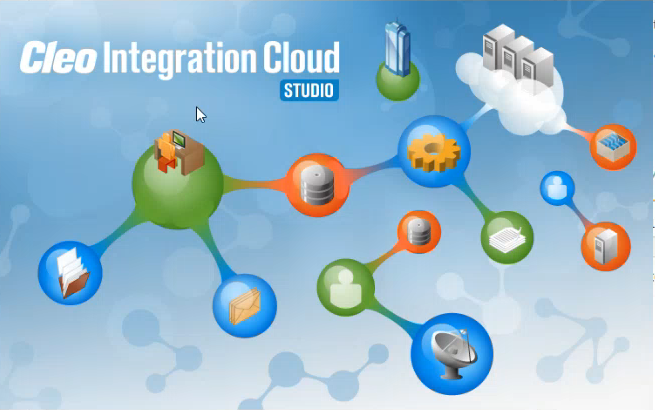
4. You will need to enter your username (email) and password. It will be provided as part of the fulfillment process.
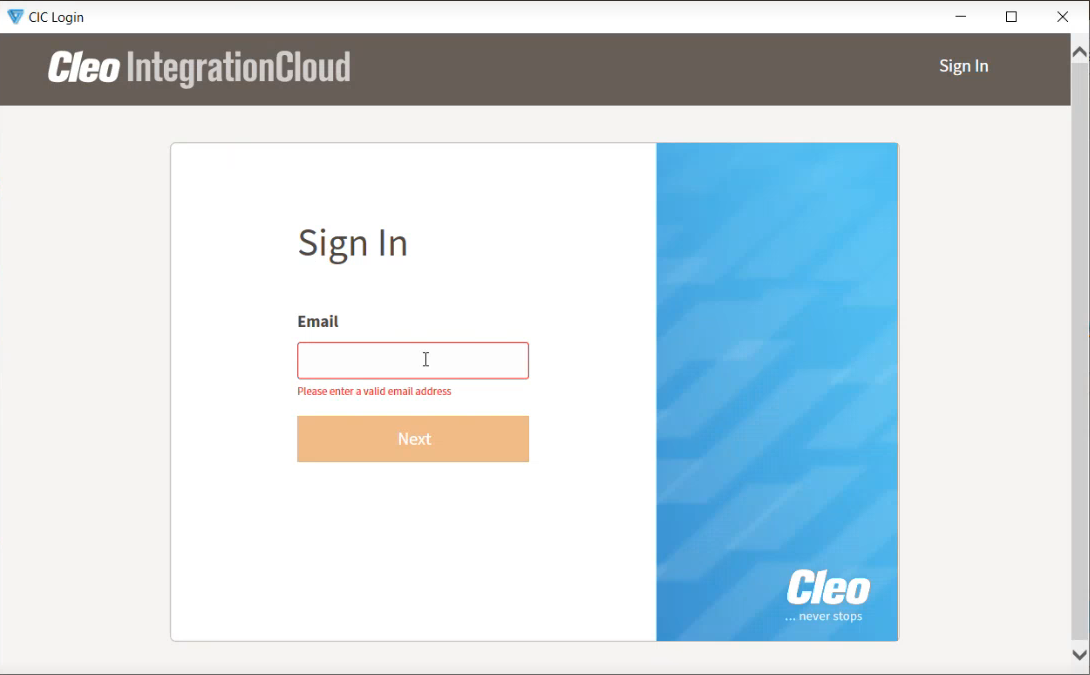
5. Continue by selecting RJW Logistics Stage as the tenant.
Tenant – It is a logical partition or isolated environment within the Cleo platform. This tool is used to separate and organize diverse groups of users, data, and processes.

6. Log in again with your Username and password.
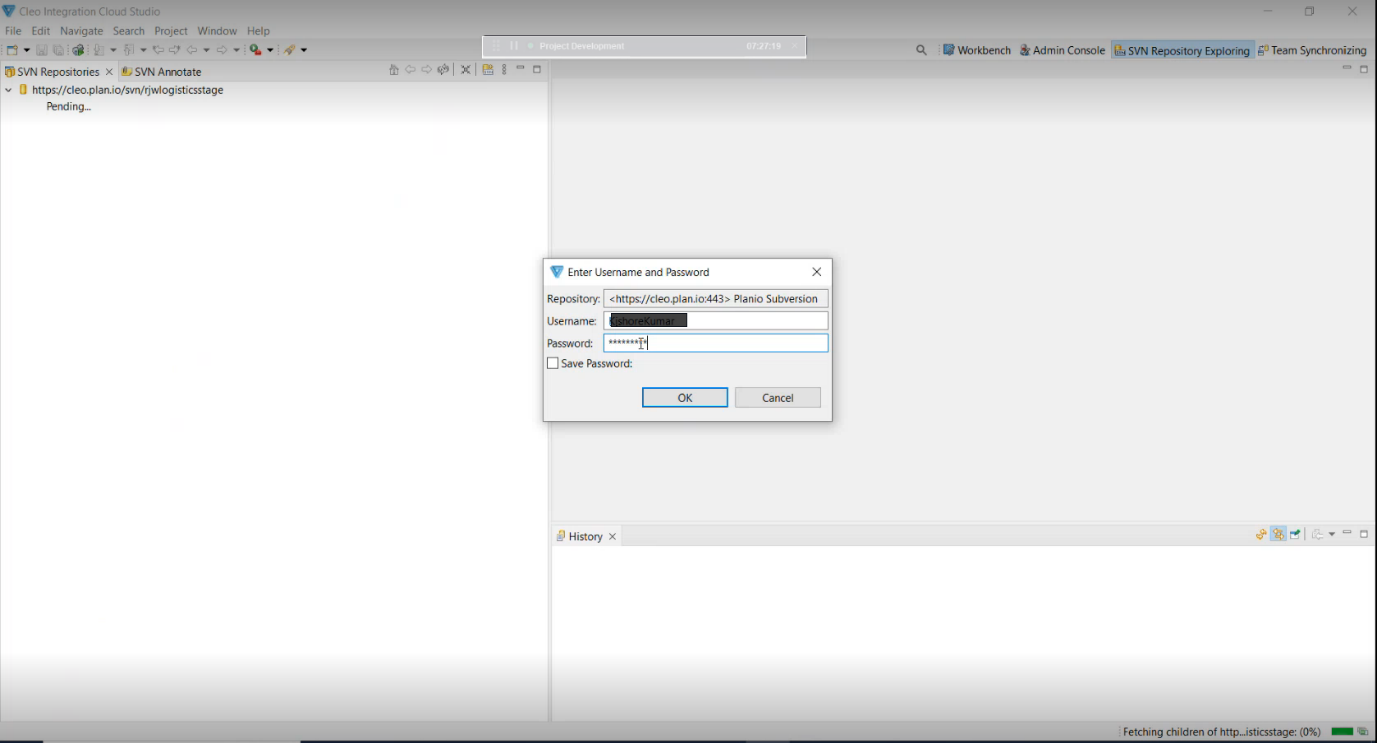
7. As you can see in the next figure, we are now in CIC Studio.
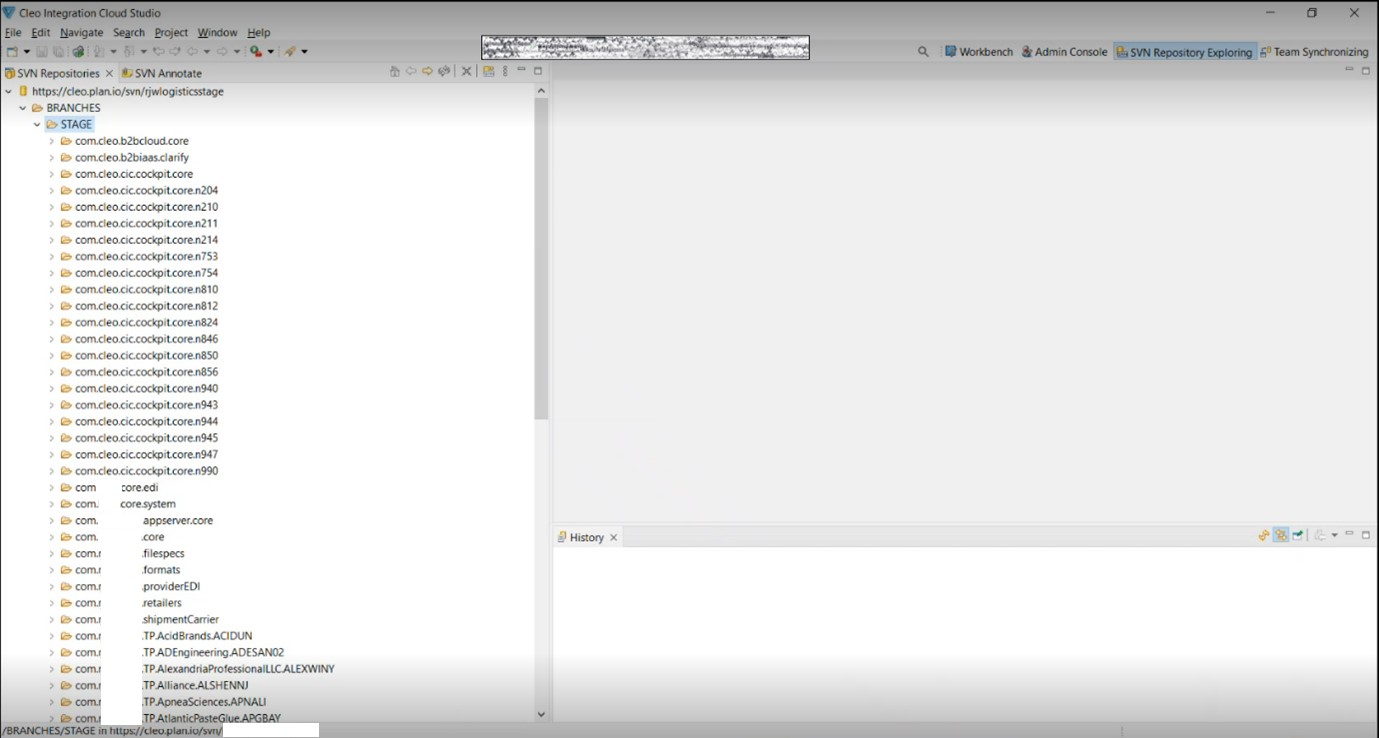
Getting Comfortable with CIC Studio
SVN Repository:
SVN Repositories are databases that contain our code, files, and other project assets. It keeps track of every change made to a repository using SVN.
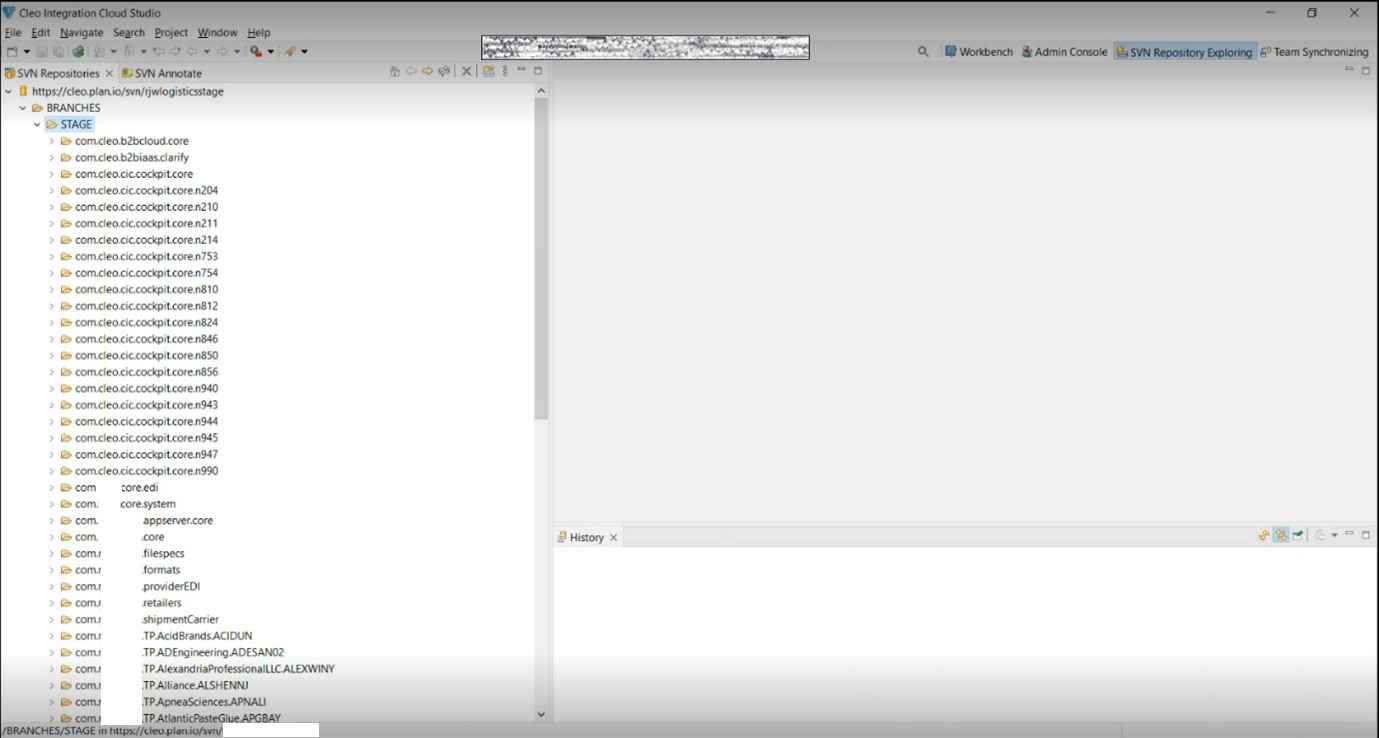
Workbench:
Workbench offers a user-friendly platform interface where integration processes and workflows can be designed, built, and managed.
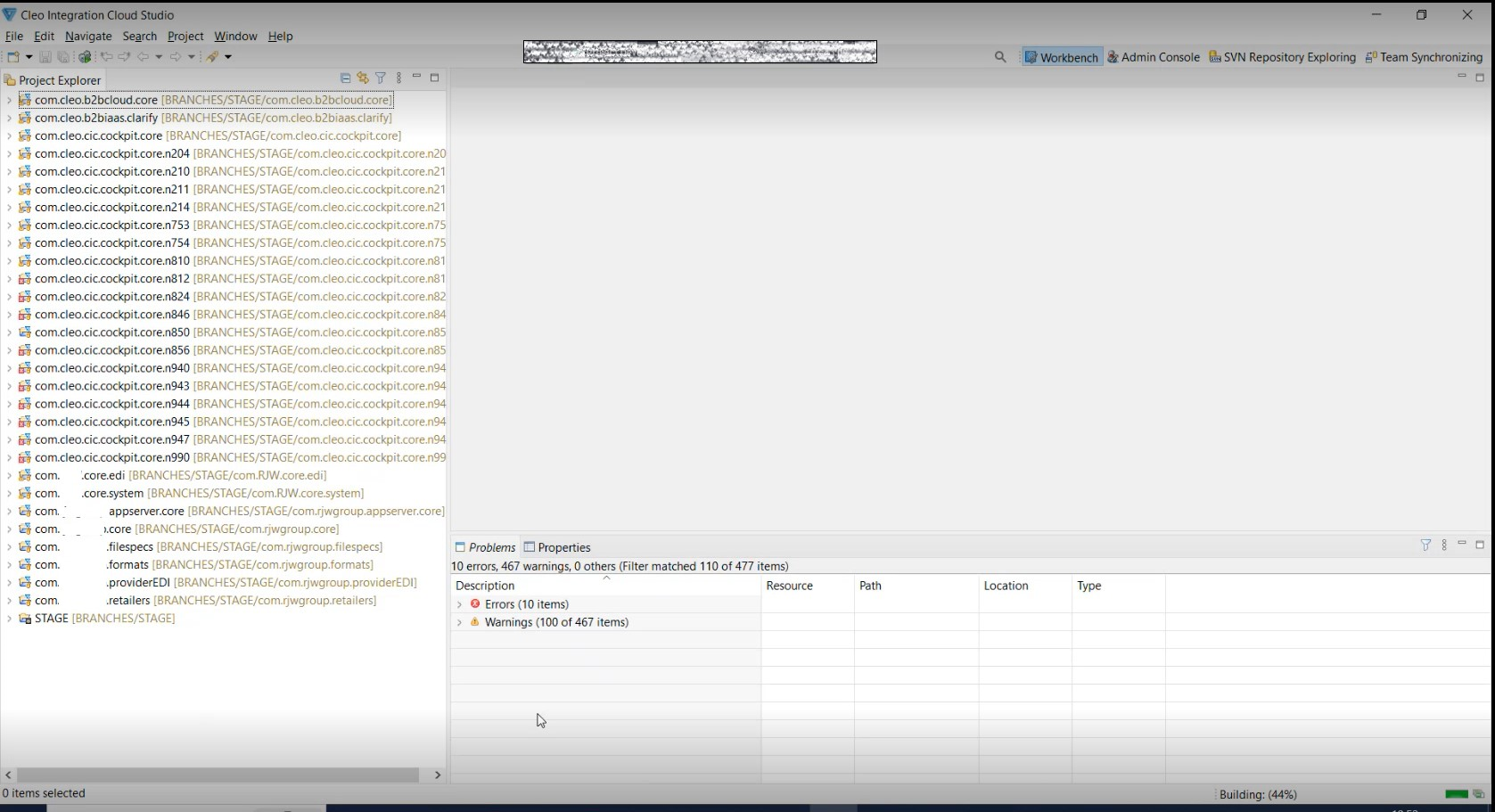
Project Explorer:
The Project Explorer allows you to create, manage, and organize objects in Projects, Packages, and Folders.
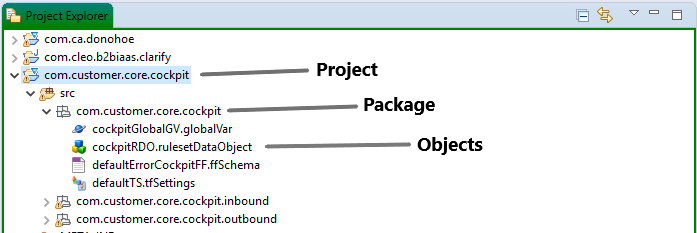
1. Project:
Objects designed at design time are organized hierarchically at this level. Workbench is where projects and their resources are developed and maintained.
2. Package:
Objects are organized on this level as a secondary hierarchical level or child folder. There can be one or more Packages inside a Project.
Object:
It is referred to as a resource and is located within one Package.
Admin Console:
Performs and monitors various administrative functions, such as launching business processes and auditing projects.
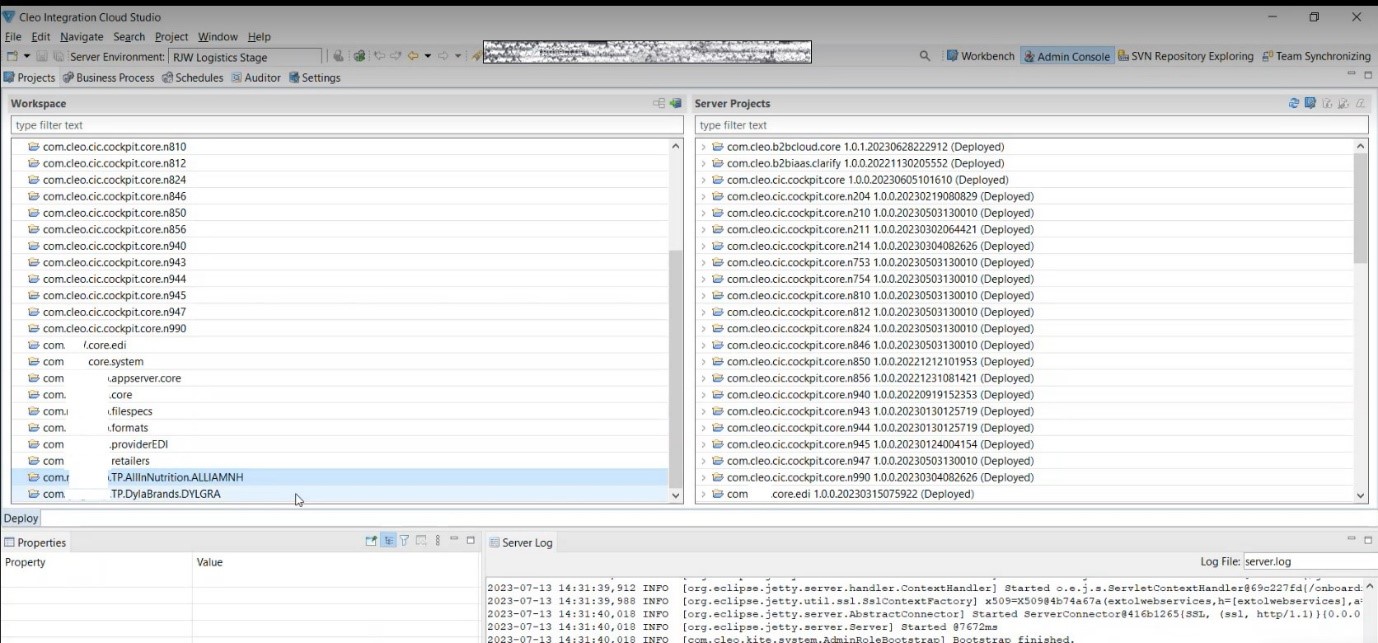
Team Synchronizing:
Synchronizing allows comparing the local Workspace and remote repository versions of resources and addressing differences and conflicts.

Conclusion
Cleo Integration Cloud is a notable change in the world of data integration. Its comprehensive features, versatility, and focus on security make it an ideal choice for businesses looking to modernize their data integration strategy. By leveraging Cleo Integration Cloud, organizations can improve operational efficiency, reduce manual data handling, enhance collaboration with partners, and gain a competitive edge in today’s digital marketplace. If you have not explored Cleo Integration Cloud yet, it is time to consider how it can transform your data integration processes and drive business success.
